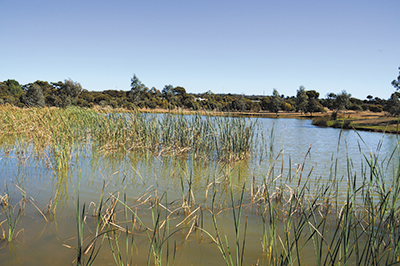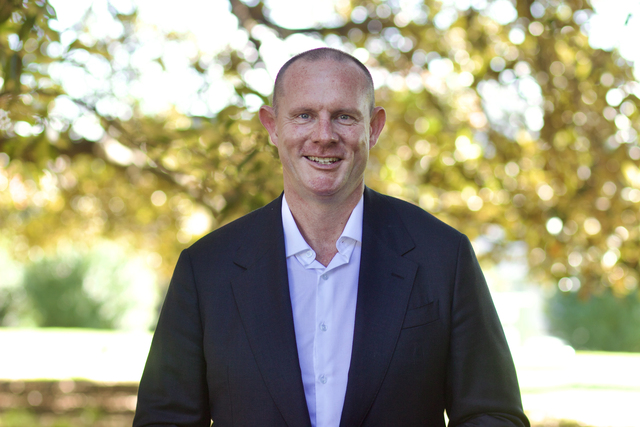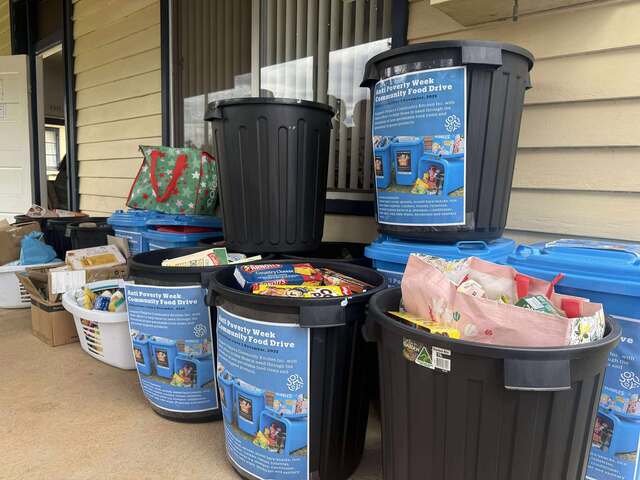In a bid to drought-proof the local area, the Rural City of Murray Bridge has undertaken a large-scale stormwater treatment scheme.
The rural city, located 75 kilometres from Adelaide, is an important hub for regional industries in the Lower Murraylands and Mallee Regions of South Australia.
The City has a current water allocation of 250 megalitres per year from the River Murray.
This allocation was significantly restricted during the drought years of 2006 through to 2010, dropping as low as 45 megalitres per year (18%) in 2008/09, which resulted in significant degradation of Council’s reserves and sporting fields.
Stormwater was identified as a valuable untapped resource. Council applied for a grant of $7.115 million from the Australian Government to deliver a scheme that would capture and treat stormwater in Murray Bridge.
Council contributed $5.548 million and $1.567 million of in-kind works by the Gifford Hill Joint Venture brought the total budget to $14.23 million.
The objectives of the scheme are to harvest stormwater and reduce Council’s reliance on mains and river water and to improve flood protection in the city.
The system comprises of four main infrastructure packages:
A number of harvesting pump stations that can capture stormwater from eight existing Council basins, with pipelines to transport raw stormwater to a new storage lagoon.
A 110-megalitre lined lagoon at Gifford Hill for the long-term storage of raw stormwater.
A treatment plant that will treat the raw stormwater so that it is fit for use in public open spaces.
Distribution pumps and 14km of pipelines to transport the treated stormwater to Council’s irrigation system.
The scheme will yield more than 230 megalitres annually. This volume of water will no longer need to be drawn from the River Murray, and provides recycled water that is surplus to Council’s current needs.
Council has established water use agreements with the Murray Bridge Racing Club and Murray Bridge Golf Club and treated stormwater can now be used to supplement their irrigation water supply.
Using the new control system Council staff will now be able to remotely monitor the water levels in the retention basins and adjust pump rates and sequencing to manage flood risk in real time.
Council is incredibly proud of the efforts of all involved, especially the fact that the scheme was delivered on time, on budget, and with an impeccable safety record.
The scheme is now fully operational, and will benefit the Murray Bridge community and the health of the River Murray for generations to come.








